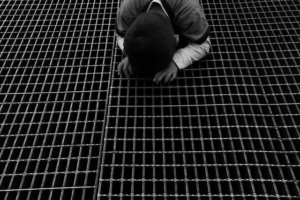Hopeful Future of Decreasing Child Labor in Mexico

Mexico has a population of 116 million, and half of the population lives below the poverty line. These impoverished conditions make the people of Mexico desperate for work, including young children, and such a struggle creates a significant amount of child labor in Mexico.
Child Labor and Exploitation
Children are exploited on a daily basis in Mexico and are put in danger doing their jobs. In an interview with Aljazeera, a 16-year-old boy named Albino, who has been out of school since he was 12, stated: “You just devote yourself to your work and you’re proud that you no longer play with small children.”
Albino says he only gets to see his family every 20 days and he gives them half of all the money he makes. He does regret leaving school, but he is glad he can help his parents with money.
Albino’s story is not unusual; actually, his tale is very typical for child laborers in Mexico. Young children often have to provide for themselves or help provide for their families, which causes many of them to go into dangerous work for very low pay. About 3.5 million children in Mexico work carrying wood or cement, or as servants.
Typical Child Laborer Jobs and Risks
It’s estimated that of the children that work in Mexico, 40 percent are not old enough to work legally and 60 percent are working in conditions considered dangerous to their mental and physical health, and safety.
These children are working jobs in fields, on the streets, in dangerous factories and around many other unsafe places with horrible working conditions. Children go up and down the streets just to sell various objects to anyone willing to buy, and such a sale will barely provide food for that specific day in Mexico. Children working in the fields work sunrise to sunset (or even longer), and 1 out of 4 workers is 13 years old or younger.
Influential Allies
The government has tried to help combat the issue of child labor in Mexico. In 1997, a program called Prospera started and it offers “conditional cash transfers” to Mexican citizens. This stipend is supposed to be an incentive for Mexican families to keep their children in formal education while attending workshops on things like sex education and family planning.
Another program that offers “conditional cash transfers” is a program called Oportunidades. Much like ‘Prospera,’ participating families will get money from the government provided that the children stay in school, all family members get regular medical check-ups and mothers attend health workshops.
Although child labor in Mexico is prevalent, it has dramatically decreased over the past decade. This can be attributed to parents having a better education and to government programs like Prospera and Oportunidades intervening in difficult situations.
Improvement on the Rise
There are 40 percent fewer children aged 12-14 years in the labor force compared to just ten years ago, and there’s also been a dramatic increase in the number of children remaining in school. In addition, 93 percent of children from 12-14 years old are attending school.
These numbers will continue to grow if new generations continue to acquire an education, allies provide needed support and Mexican citizens do not enter the workforce at such young ages.
– Ronni Winter
Photo: Flickr
